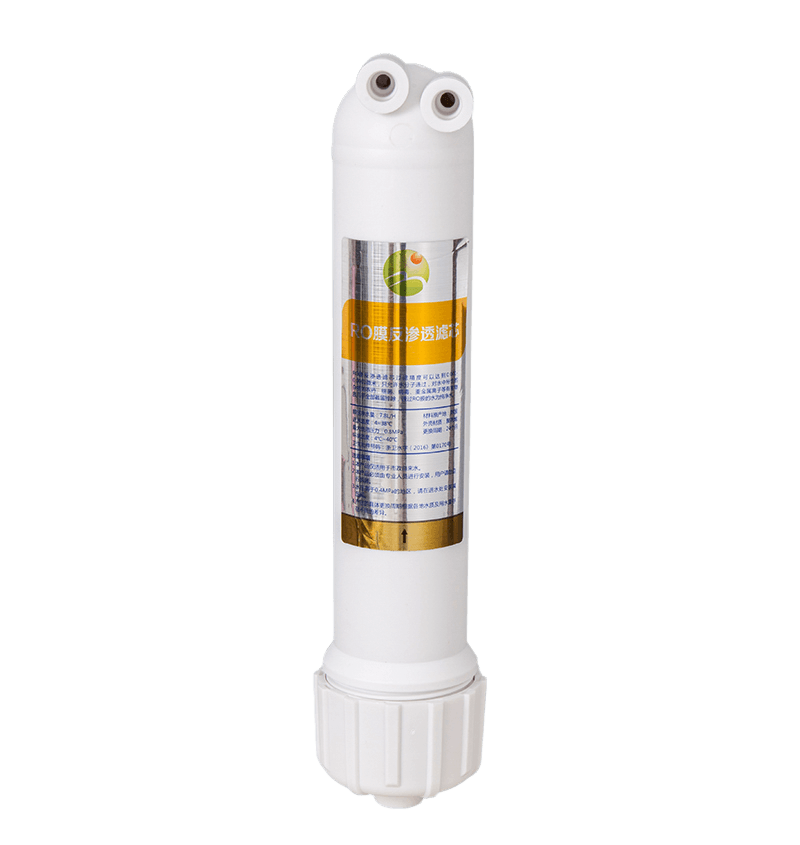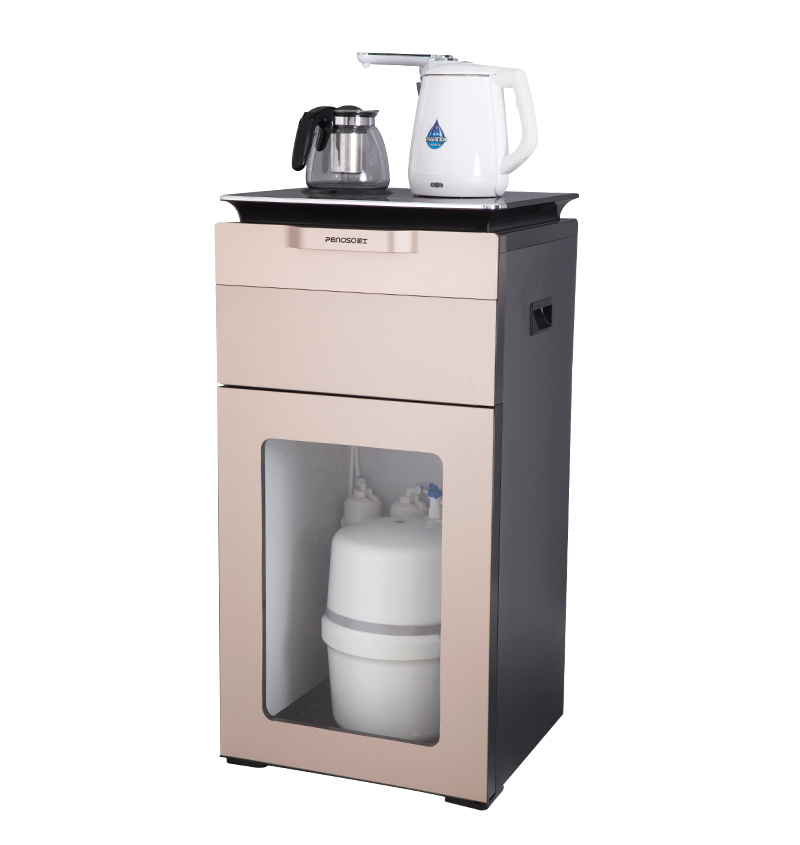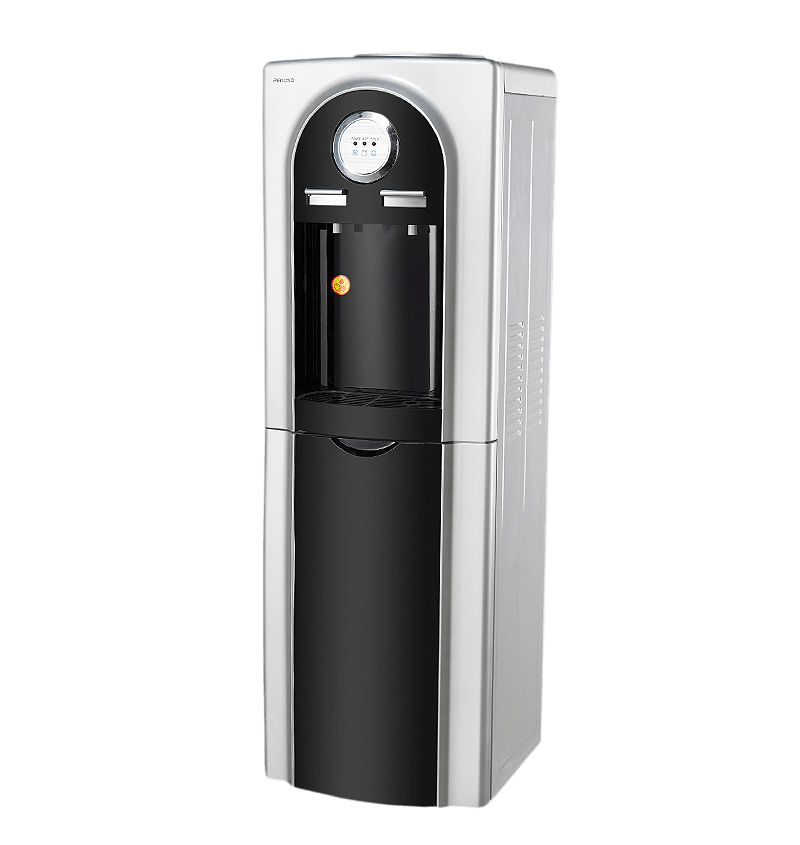A residential Reverse Osmosis (R.O.) system effectively removes impurities from tap water through a multi-step filtration process. Here is a general outline of how it works:
1. Pre-filtration: The tap water first goes through a pre-filter, usually a sediment filter or a carbon filter, to remove larger particles, sediment, chlorine, and some organic compounds. This step helps protect the R.O. membrane and extend its lifespan.
2. Membrane filtration: The pre-filtered water then enters the R.O. membrane, which is the heart of the system. The membrane has tiny pores that allow only water molecules to pass through while trapping dissolved solids, bacteria, viruses, and other impurities. The pore size is typically around 0.0001 microns, making it highly effective at removing contaminants.
3. Storage tank: The filtered water passes into a storage tank, where it is stored until needed. The tank is pressurized to ensure a continuous supply of purified water.
4. Post-filtration: Before dispensing, the purified water goes through a final post-filter, often made of activated carbon. This filter further reduces any remaining taste, odor, or trace contaminants that might have passed through the membrane.
5. Faucet Dispensing: The purified water is then dispensed through a separate faucet installed in the kitchen sink, ensuring that it is kept separate from unfiltered tap water.
The combination of pre-filtration, membrane filtration, and post-filtration effectively removes a wide range of impurities and contaminants, including heavy metals, chemicals, pesticides, bacteria, viruses, and even some radioactive substances. The efficiency of a residential R.O. system typically results in purified water with impurity removal rates of 95-99%.
-

Home Style Compressor Cooling RO Water dispenser PS-SLR-104S
-

Freestanding RO Water dispenser With Compressor PS-SLR-151R
-

Hot tank for female taps
-

Indicated light
-

Home RO Water Filter Replacements cartridge
-

home or office Tea machine PS-T-A9
-

Top Loading Water Dispenser PS-SLR-37B
-

Low Noise Floor Standing Digital Electronic Water Dispenser PS-SLR-37F



 English
English عربى
عربى Português
Português Español
Español
